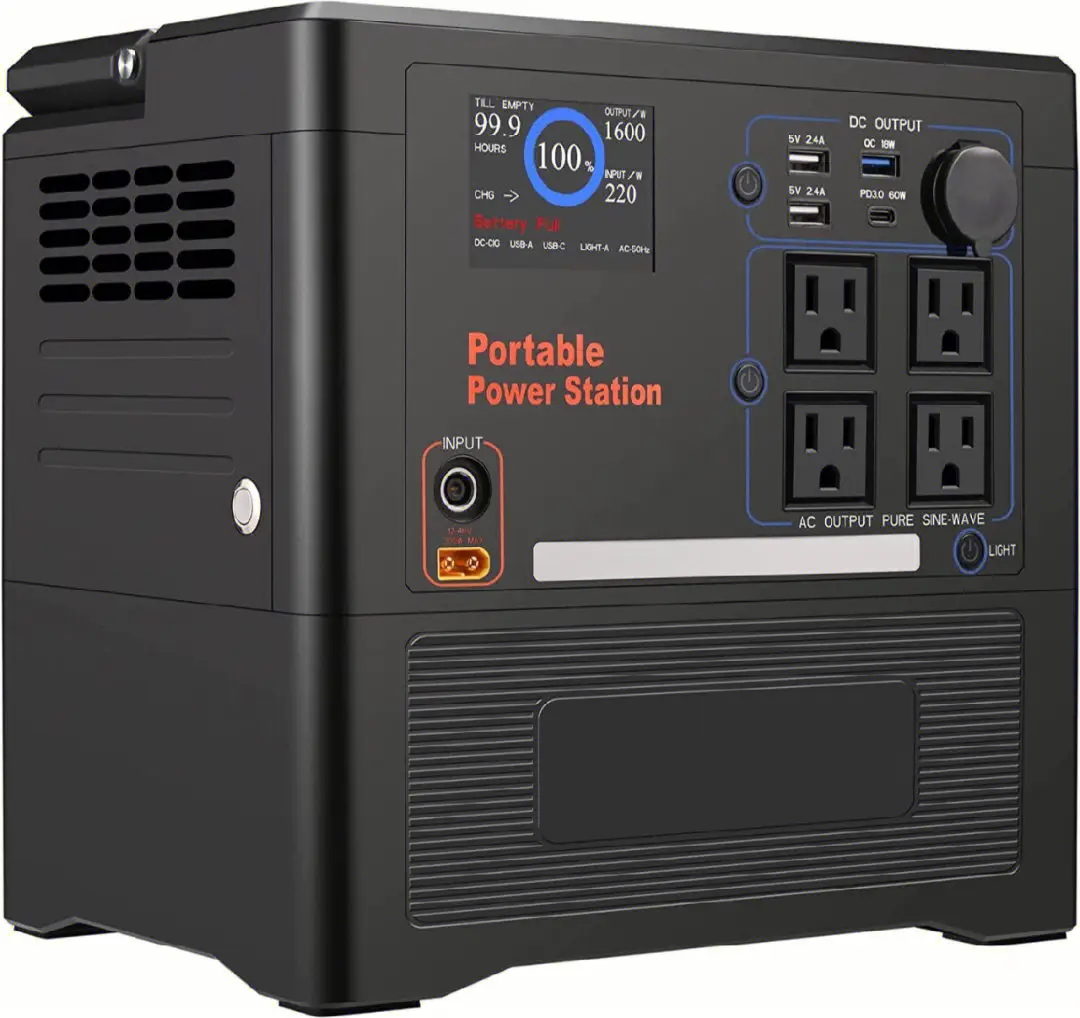Introduction
In the realm of outdoor adventures and emergency preparedness, portable power stations have become indispensable companions. They offer a reliable power source for various electronic devices, ensuring connectivity, safety, and comfort. However, their performance can be impacted by cold weather conditions, posing challenges during winter expeditions or power outages. In this guide, we delve into strategies for maximizing the winter performance of portable power stations, ensuring optimal functionality even in sub-zero temperatures.
Understanding Cold Weather Effects
Cold temperatures can significantly affect the performance and efficiency of batteries, including those found in portable power stations. As the mercury drops, battery capacity decreases, resulting in reduced power output and shorter runtime. Moreover, extreme cold can lead to sluggish chemical reactions within the battery cells, further diminishing their effectiveness.
Selecting the Right Portable Power Station
When planning for winter adventures or preparing for emergencies in cold climates, it’s crucial to choose a portable power station that is specifically designed to withstand low temperatures. Look for models equipped with advanced battery management systems (BMS) that regulate temperature and optimize performance in chilly environments. Additionally, consider the station’s cold weather operating range and ensure it meets the requirements of your intended usage.
Preparing Your Portable Power Station for Winter Use
Insulation and Protection
Before venturing into cold weather settings, insulate your portable power station to retain heat and prevent rapid temperature drops. Use thermal blankets or insulating materials to shield the unit from frigid air, maintaining optimal operating conditions.
Battery Heating
Some portable power stations feature built-in battery heating systems designed to counteract the effects of cold temperatures. Activate this function prior to use in winter conditions to ensure the batteries remain at an optimal operating temperature, maximizing performance and longevity.
Battery Capacity Management
In cold weather, the capacity of lithium-ion batteries, commonly used in portable power stations, can diminish rapidly. To mitigate this, avoid fully charging the batteries before exposure to cold temperatures, as overcharging in cold conditions can lead to irreversible damage. Instead, aim for partial charges and periodic recharging to maintain battery health and prolong runtime.
Operational Tips for Winter Performance
Keep Batteries Warm
During use, keep the portable power station and connected devices in a sheltered, insulated environment to prevent rapid heat loss. Avoid exposing the unit to direct cold air, as it can accelerate battery drainage and reduce overall efficiency.
Optimize Energy Consumption
In cold weather scenarios, prioritize energy-efficient practices to extend battery life and maximize power output. Minimize unnecessary device usage and opt for low-power settings whenever possible. Additionally, consider using energy-saving features on connected devices to conserve power.
Regular Maintenance Checks
Perform regular maintenance checks on your portable power station, especially before and after exposure to cold temperatures. Inspect the unit for any signs of damage or malfunctions, and promptly address any issues to ensure reliable performance in winter conditions.
Conclusion
Portable power stations offer versatile solutions for powering electronic devices in various environments, including cold weather settings. By understanding the effects of winter conditions on battery performance and implementing proactive strategies, you can optimize the functionality of your portable power station, ensuring uninterrupted power supply when you need it most. Prepare, insulate, and manage your device effectively to stay connected and powered up, even in the harshest winter conditions.
